Last Updated on July 30, 2021
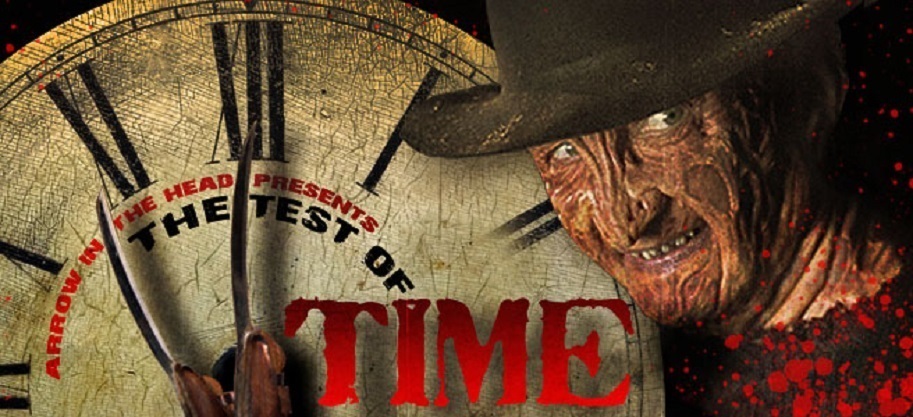
We all have certain movies we love. Movies we respect without question because of either tradition, childhood love, or because they’ve always been classics. However, as time keeps ticking, do those classics still hold up? Do they remain must see? So…the point of this column is to determine how a film holds up for a modern horror audience, to see if it stands the Test of Time.
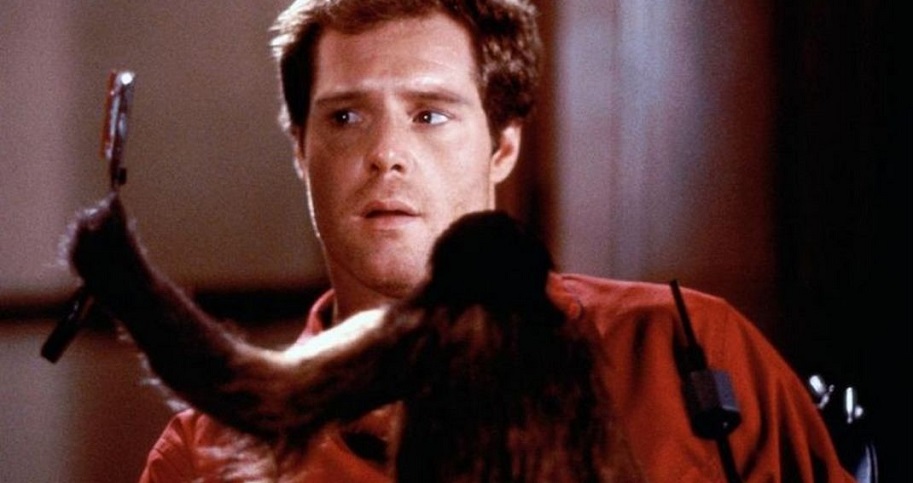
DIRECTED BY GEORGE A. ROMERO
STARRING JASON BEGHE, KATE MCNEIL, BOO, STANLEY TUCCI, STEPHEN ROOT, JOHN PANKOW
Hey now, who’s harboring a heinous Halloween hangover? Don’t fret it folks, a little hair of the dog and we’ll get through this thirsty Thursday together. Promise. And we’ll start this one off by asking a good old horror movie question: what is your favorite George A. Romero flick? Is it one of his superb …OF THE DEAD outings? If so, which one, and which movie of his outside of his zombie series ranks among your favorite? Me, I’m riding till I die with MARTIN, THE CRAZIES, CREEPSHOW, and the topic of today’s Test of Time piece, the supremely slept on MONKEY SHINES.
Not only is MONKEY SHINES probably Romero’s last truly great horror outing (THE DARK HALF is okay, LAND OF THE DEAD is pretty good), it also happens to be his one and only studio film. Ever the independent iconoclast, Romero went back to his DYI filmmaking roots after O’Rion Pictures re-cut MONEKY SHINES behind his back, an act Romero believes directly contributed to the movies poor box-office returns. For as critically adored as the film has become over the last 30 years by horror heads and Romero fans alike, it remains one of Romero’s least commercially successful films, recouping a mere $5.3 million back from a $7 million budget. So the key question still looms: did audiences miss the boat back in 1988 or did they have a reason to dismiss the movie upon release? We shall find out, as we celebrate the 30th anniversary of MONKEY SHINES by seeing how this badboy fares against the Test of Time!
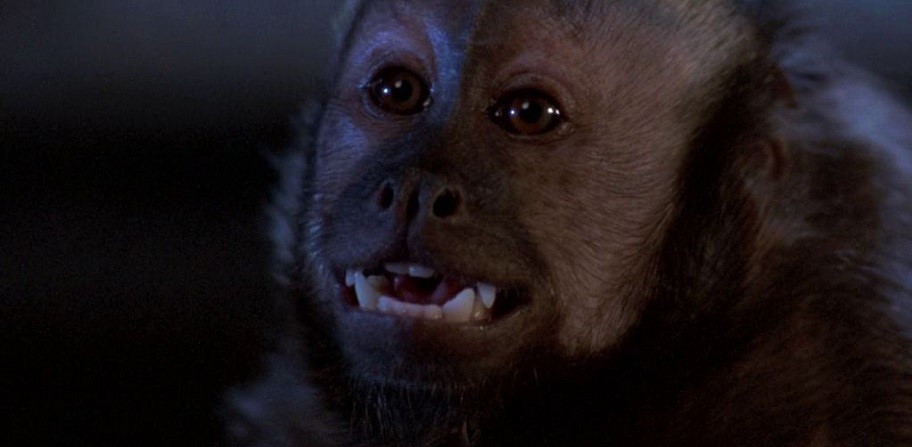
THE STORY: Adapted by Romero himself from the Michael Stewart novel of the same name, the story, which plays so straightforward and matter of fact, works so well because of the way in which the drama is approached first and foremost, allowing the horror to intrinsically unfold in tertiary fashion. A strapping athlete named Allan Man (Jason Beghe), a paragon of physical health, has his life completely upended when hit by a truck while jogging one day. Immediately paralyzed from the neck down, Allan is forced to live the life of a quadriplegic, confined to a wheelchair, dependent on technological gadgets and human household aides like nurse Maryanne (Christine Forrest) and therapist/girlfriend Melanie (Kate McNeil). When Mel suggests enlisting the help of a Capuchin monkey as a medical aide, Allan’s meth-addled chemist pal Geoff (John Pankow) – who has been conducting experiments on primates by injecting them with live human tissue – decides to bring the Capuchin monkey over to Allan’s house. Thing is, Geoff never tells anyone other than the sadistic Dr. Burbage (the great Stephen Root in his big-screen debut) about his experiments. No biggie, what could go wrong with spiking a primate with human DNA?
Turns out, plenty. At first however, a genuine and heartfelt kinship is established between Allan and Ella. Ella authentically cares for Allan, and they form a bond together over shared moments of solemn connectivity. One moment that will surely pierce that heart of even the most calloused cynic comes during a tender embrace over a romantic rendition of Nat Cole’s “That’s All.” Failing to emote during this sequence would expose one’s lack of humanity, which, ironically, is one of the movie’s overarching thematic explorations. As Ella moves from a caring protector to an enraged physical mirror of Allan’s violently inclined psyche, a sinister turn takes the audience in a brutally new direction. Cue the carnage and savage simian slaughter!
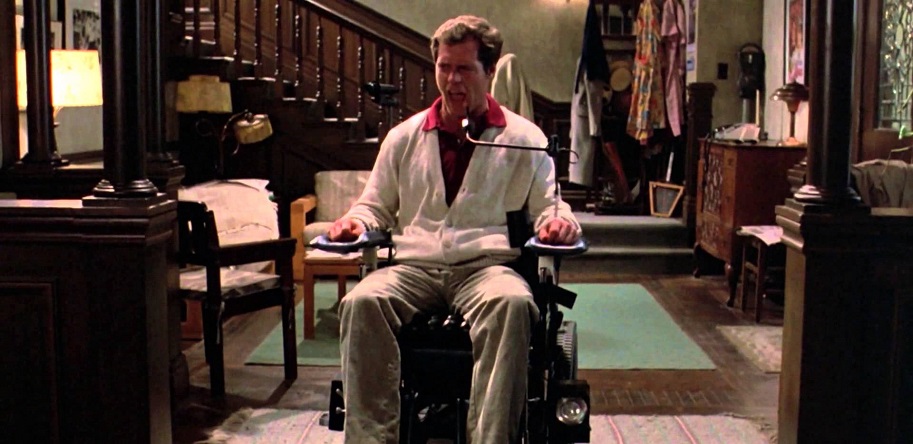
WHAT HOLDS-UP: Having just watched it again this week, I can confidently say that, on the whole, MONKEY SHINES has held up pretty damn well over the past 30 years. The reasons for this are legion, but starts with how honest and sincere the drama is played first and foremost, which allows for the horror strike down doubly hard when the tonal shift is made midway through. The touching, truly moving scenes between Allan and Ella early one are a sight to behold, and really goes a long way in establishing the requisite sympathy on both sides of the ledger – with the protagonist, Allan, and antagonist, Ella – even when the line between the two becomes distorted. By failing to foundationally ground the movie in human sentiment would not only undermine the movies larger theme, but the horror itself would play nowhere near as effectively as it does now. Still. Today. Romero preternaturally understands that, in order to truly contend with the horrific acts, we must first bank a certain amount of kinship with its characters. So, right from the jump, you can tell Romero is less interested in outright scaring you than emotionally impacting you, which is a major difference among horror filmmakers today.That said, there are two top-tier jump scares in the flick that still made me jump the f*ck out of my chair!
Beyond that, the number one strength of the movie now is the performance Boo the Capuchin monkey. I realize this may sound obtuse and all, but really, without such a show-stealing turn by a real-life monkey mind you (not a single frame of CG), there’s no way in hell any part of the rest of the movie would work. The whole thing hinges on the believability of the monkey, and I don’t know how Romero did it, but he elicited one of the finest animal performances ever captured in a narrative feature. Not just in the range of emotions that Boo credibly demonstrates on film, but the sheer physical acts of envious homicide are still wildly impressive today. Ella snaps the neck of Maryanne’s parakeet, sets fire to Allan’s ex-girlfriend Linda (Janine Turner) and new lover Dr. Wiseman (a young Stanley Tucci), electrocutes Allan’s mother Dorothy (Joyce Van Patten) by tossing an electric device into the bathtub with her in it, lifts a syringe and plunges chemicals into Geoff’s neck, and a whole lot more. Seriously, I have no idea how they got Boo to do all this so credibly and consistently onscreen. It feels real because it is real, and nothing about that sense of veracity has taken a hit in the last three decades.
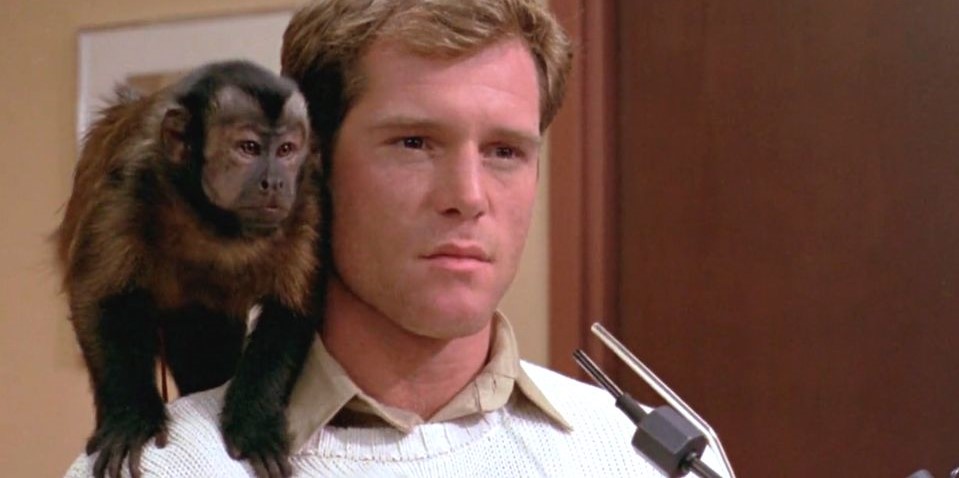
Perhaps even greater than Boo’s performance though, is the underlying theme of the movie. Largely a metaphor for the uncontrollable urge of humanity’s animal instinct, the overall message of the movie seems to suggest that, despite our evolutionary DNA, human beings drastically differ in their civilized ability to differentiate between right and wrong. Therefore, MONKEY SHINES is a morality play in the guise of a domesticated horror film. Once Ella is injected with Allen’s tissue, an inextricable bond between the two is formed on not just the molecular level, but psychological one as well. By making Allan a quadriplegic unable to instinctually react physically in self defense, Romero is underscoring the point that the difference between primal animalism and human civilization lies in the mind. This is reiterated in the film’s ferocious finale, in which Allan uses his very mind to trick Ella mentally, and use the ruse to kill the monkey and end the homicidal cycle. Although Ella acts on behalf of Allan’s enraged psyche, it is Allan in the end that overcomes his own psychological torment and eschews his primal instincts.
You know we’d be remiss not to mention the real antagonist of the film, Geoff. This sick f*ck is directly responsible for injecting Ella with human tissue to begin with, made all the worse by keeping it a secret to his so called friend in Allan. Not only is Geoff a whacked-out speed-freak toiling away for his own personal gain, he stands in for a larger critique of human interference with innocent animals in the name of scientific research. Romero is directly impugning the practice of animal experimentation, no matter how beneficial humanity selfishly deems it. I like that a great deal, and only think the message has become more urgent in the intervening 30 years. As powerful as the horror is in the movie, it’s the themes and ideas that have endured the longest.
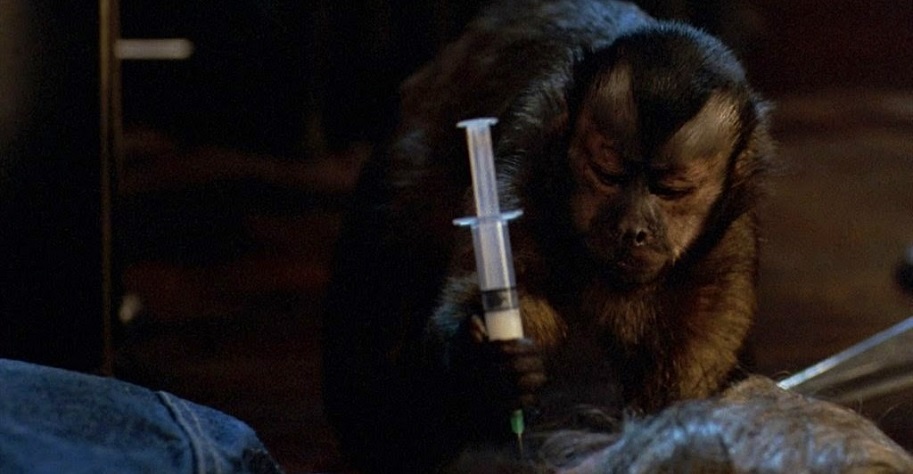
WHAT BLOWS NOW: What blows now is not commensurate with what holds up. That said, I have a few gripes about MONKEY SHINES as viewed in 2018. First, at nearly two hours, the film could lose about 10-15 minutes and still function just fine. In fact, it may even help the flow of momentum and turn a near-great movie into an all time classic. Not only is the finale a bit drawn out, but I’m not sure the gratuitous sex scene between Allan and Melanie is needed. I get that is rehabs his mental state (from rage to bliss), and serves to separate Allan and Ella for awhile, but it still hinders the pacing of the movie and does more overall harm than good.
Other than that, the mostly bloodless onscreen kills and majority of off-screen death scenes don’t help the movies cause. It didn’t in 1988, and given how brutally violent and savagely graphic movies have become since, there’s an underwhelming tameness to some of the death scenes in MONKEY SHINES. Again, I don’t think graphic violence is at all the point of this movie, so it doesn’t hurt too much. What does smart a bit though is the at times unintentionally laughable turn of Jason Beghe as Allan. For the most part he’s solid, and gives wonderfully line readings of some mordantly humorous dialogue. But there’s a time or two when he takes it too far over the top to react with anything but awkward laughter in parts that don’t quite call for it. Still, it’s a tough ask to play a quadriplegic, and for the most part, Beghe acquits himself pretty well.
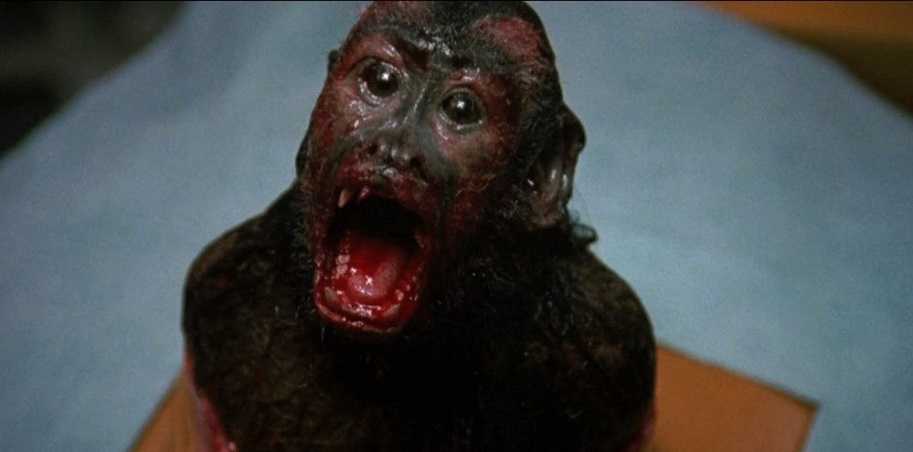
THE VERDICT: All in all, MONKEY SHINES is defying Father Time rather comfortably. Because it’s a drama first and foremost, the horror isn’t at all reliant on outmoded technology or dated VFX work. This keeps the movie preserved in a kind of analogical amber. More than that though is the compelling story, the knockout performance by Boo the monkey (the monkey shines indeed), the moralistic themes, exploration of man vs. animal as akin to that of man vs. man, and the rebuke of animal cruelty in the name of science. These aspects transcend the mere horror of MONKEY SHINES, cementing the movie as not only one of Romero’s most overlooked, but one of his very best!
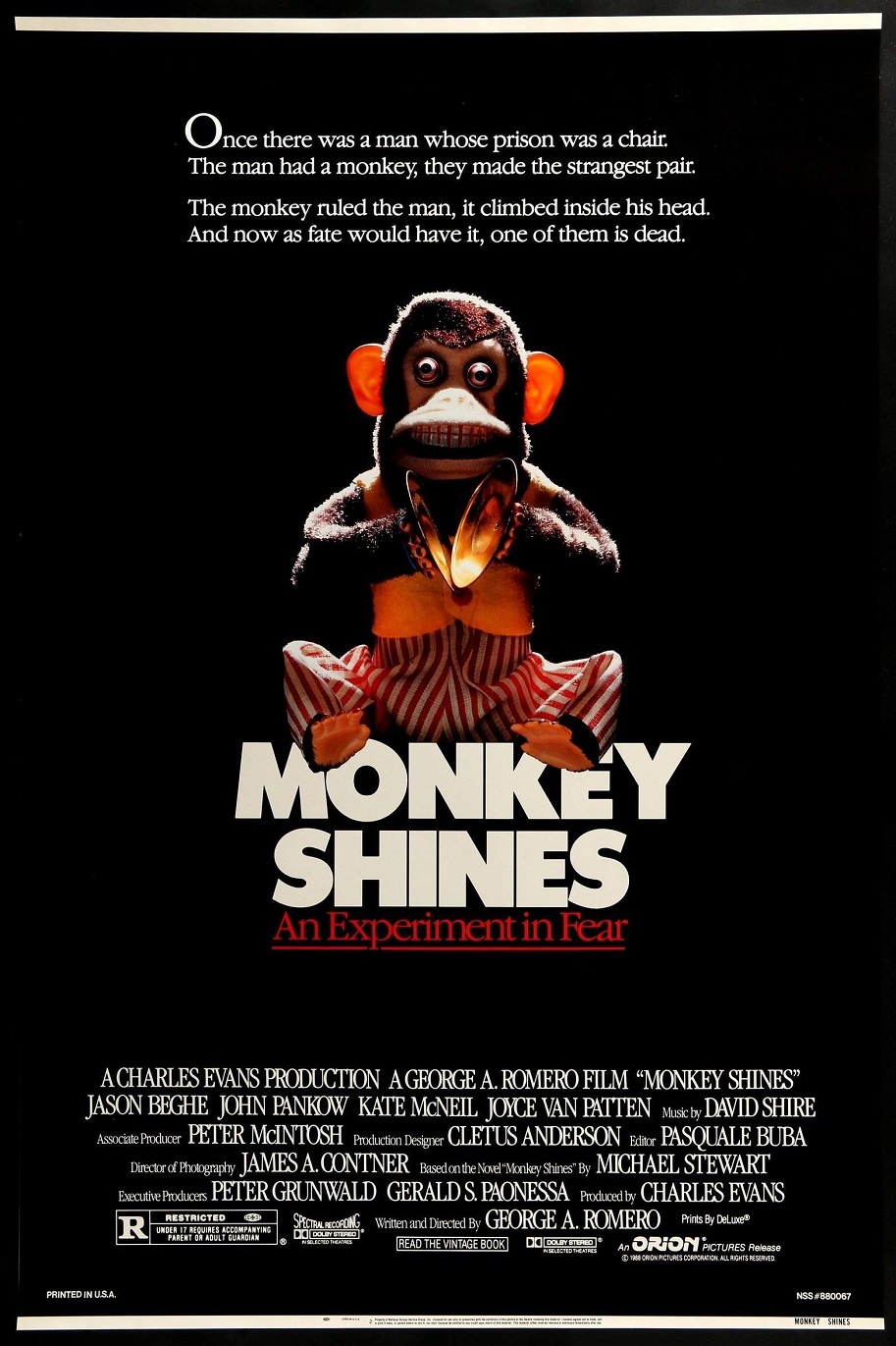



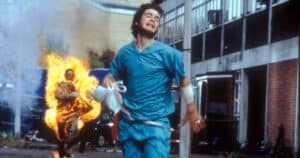


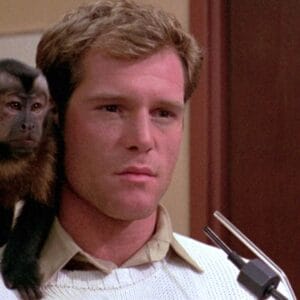
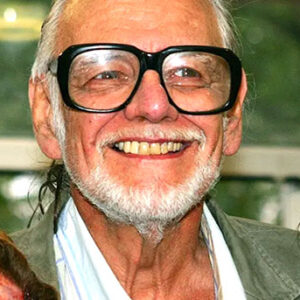
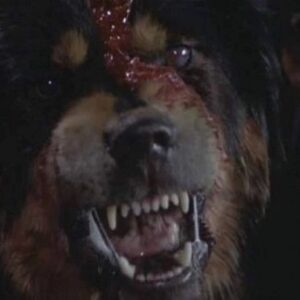


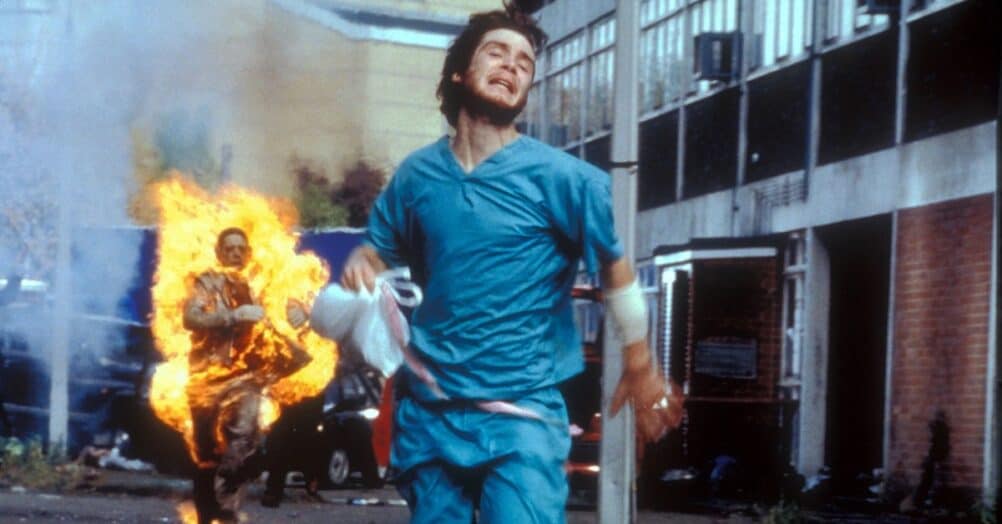





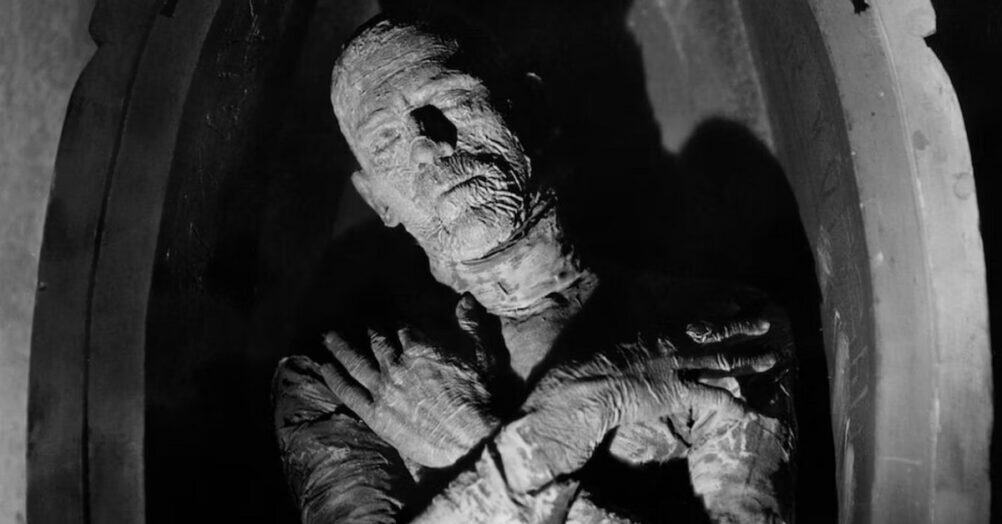
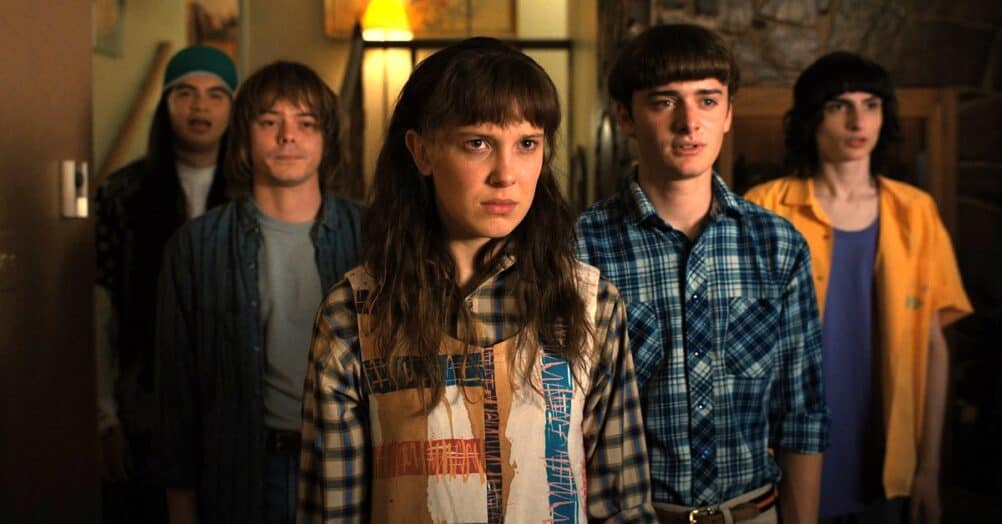

Follow the JOBLO MOVIE NETWORK
Follow us on YOUTUBE
Follow ARROW IN THE HEAD
Follow AITH on YOUTUBE